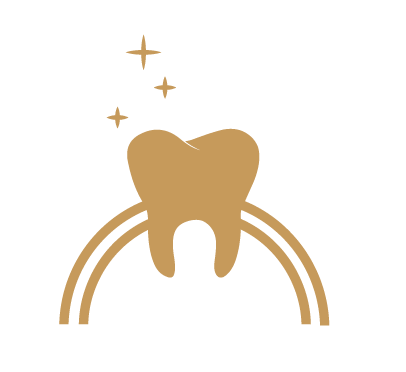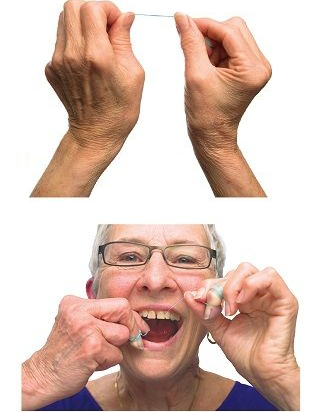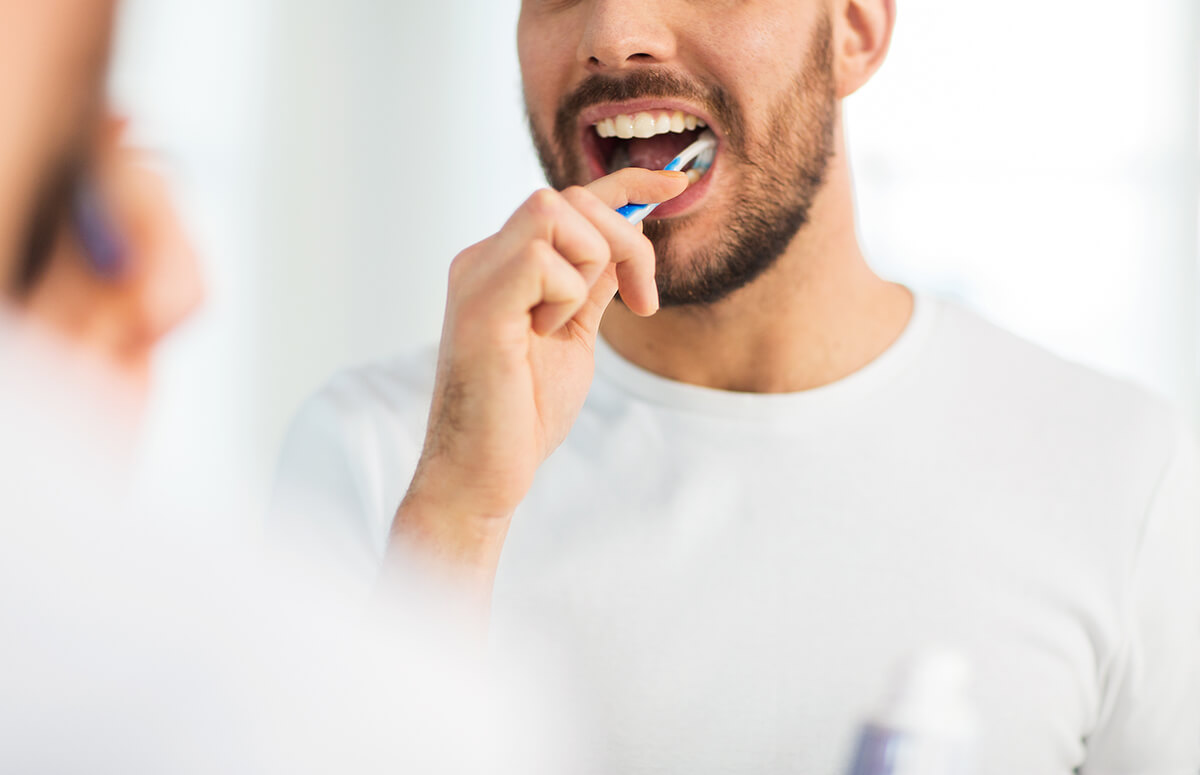There is a right way to brush and floss your teeth. Every day:
- Gently brush your teeth on all sides with a soft-bristle brush and fluoride toothpaste. Replace your toothbrush every 3 to 4 months.
- Use small circular motions and short back-and-forth strokes.
- Brush carefully and gently along your gum line.
- Lightly brush your tongue or use a tongue scraper to help keep your mouth clean.
- Clean between your teeth with dental floss, prethreaded flossers, a water flosser, or a similar product. This removes plaque and leftover food that a toothbrush can’t reach.
- Rinse after you floss.
People with arthritis or other conditions that limit hand motion may find it hard to hold and use a toothbrush. Some helpful tips are:
- Use an electric or battery-operated toothbrush.
- Buy a toothbrush with a larger handle.
- Attach the toothbrush handle to your hand with a wide elastic band.
See your dentist if brushing or flossing causes your gums to bleed or hurts your mouth. If you have trouble flossing, a floss holder may help. Ask your dentist to show you the right way to floss.








